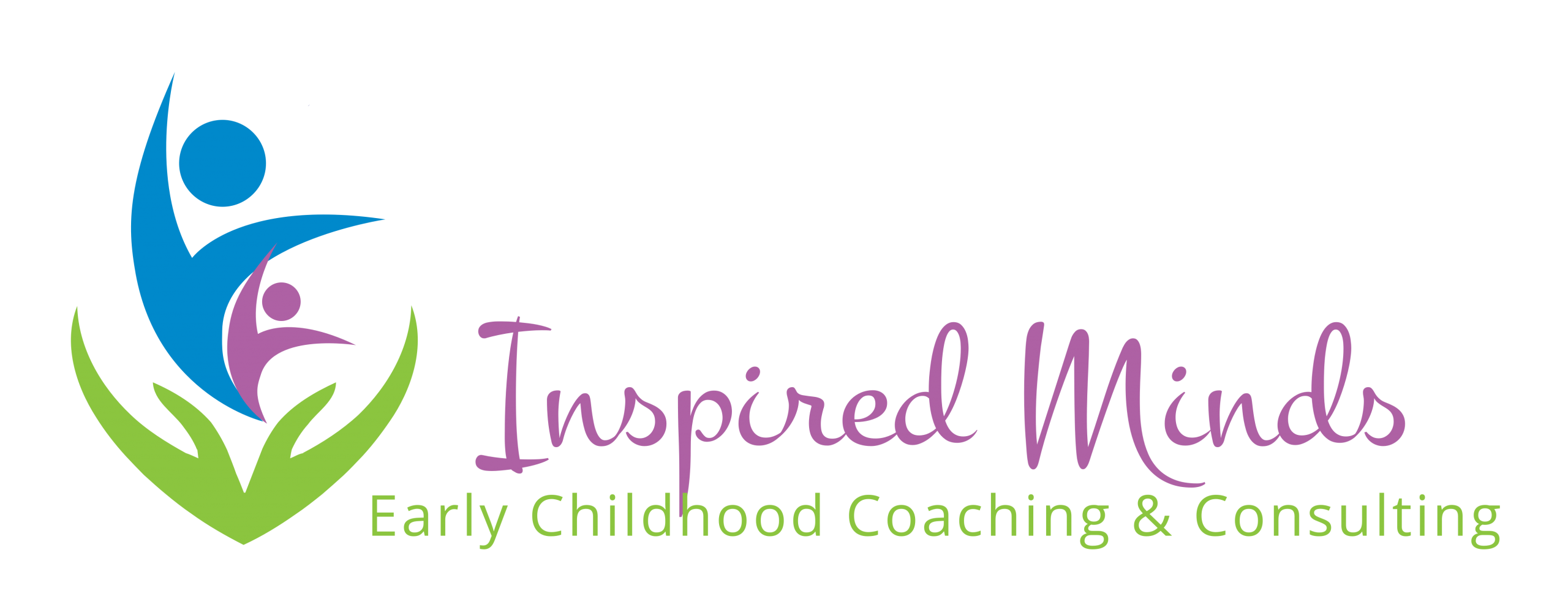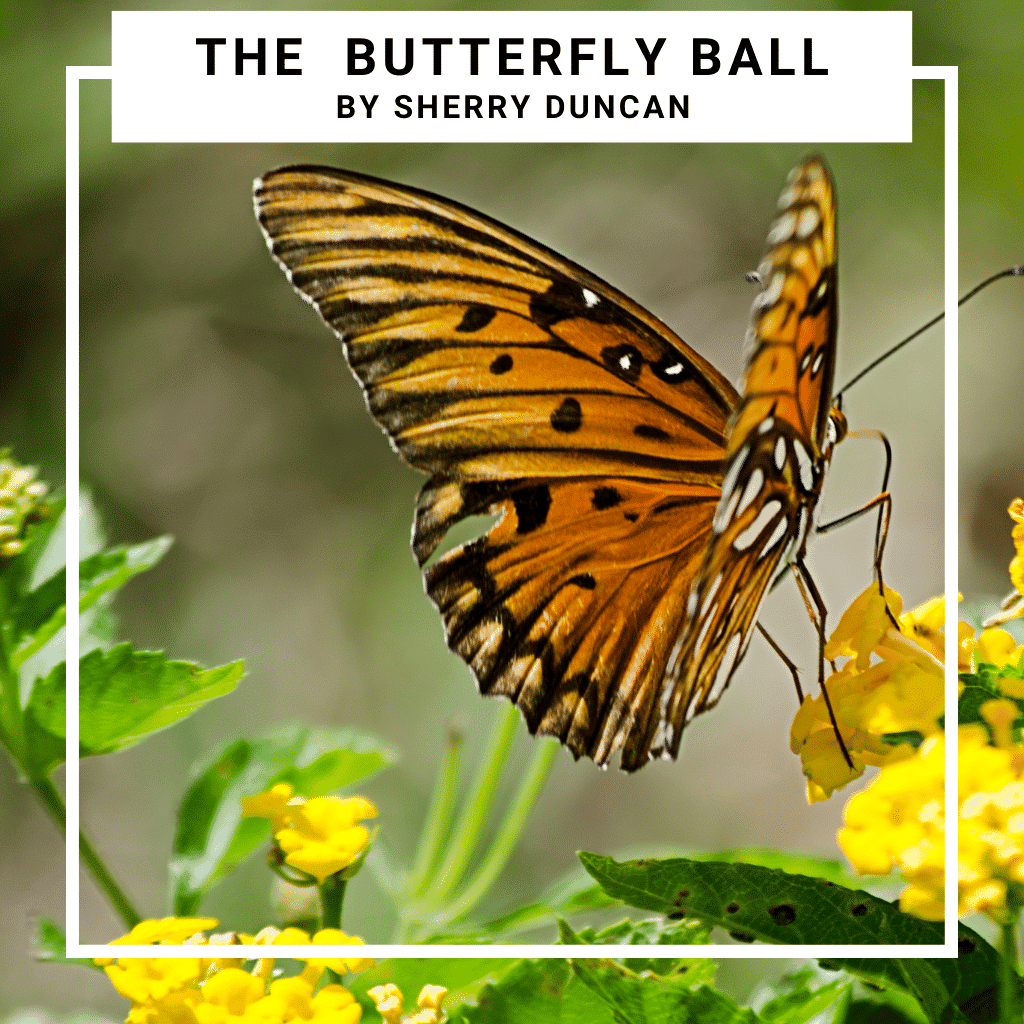The Butterfly Ball: Weaving Indigenous ways of being and knowing in Early Childhood Classrooms
Author: Sherry Duncan

Occasionally a spider is found in the classroom and we discuss the best recourse for the spider. Loud voices of “squish it” and “kill it” usually give way to calmer voices of “let’s put it back outside” “it will help catch the flies and mosquitos” another child comments that “it will feed the birds”. A very brave 4 year old uses a cup to catch the spider while another carefully holds a piece of cardboard on top so it doesn’t escape. Then, we all march outside to find just the right place to let him go. It is decided that the tress will do fine. As the spider scurries to his new home among the bushes, the children cheer for his release and vow to save every spider going forward. We head back to school with the children commenting “I bet his mom was looking for him” and “that was cool”. I have noticed that the play often turns to bugs and snakes about this time as the children have now had something natural and real occur to spark their interest.
One year, I invited a local group to join our class. They have a curiosity collection of lizards, snakes and spiders. The children are mesmerized as they pet a tarantula and hold a corn snake. “You are so brave” one child says, “I’m too scared” says another. The children remind their classmate that It’s ok to be scared and with some encouragement, she pokes out a finger and touches the skin of the python. She giggles and is obviously so proud of her risk taking. I find opportunities to weave in songs such as “Itsy Bitsy Spider”, “Slippery Snake” and “Lady bug Lady bug”. We do finger plays “There’s a fly upon my nose” and “5 little spiders”. I search online for myths and legends to share as part of our sharing circle. We use our drums to tap a rhythm to “Once I saw a butterfly” and we move our bodies to “Caterpillar Caterpillar”.
As our cocoons show signs of growth, eventually breaking open the children are elated to see that a butterfly now flits about looking for fruit to eat. We count them each morning and talk about what to do with them now that they have emerged from their cocoons. I know that we will let them go at the park and the permission slip has already gone out to the parents – but I lead the conversation to allow the children to think it was all their idea. Then, we go to the park with the sleepy butterflies in tow. What I know is that if you release them during the warmth of the day, they will sit on a child’s finger as they figure out they can fly … and the children are full of wonder and joy as they experience this beautiful moment with a butterfly…and then just like that, the butterfly flits away. The children chase them across the field waving and shouting so long as if saying good bye to an old friend.

With some thoughtful and deliberate planning, you too can be an Indigenous Ally and provide a rich curriculum that is inclusive of our local Canadian First People.

